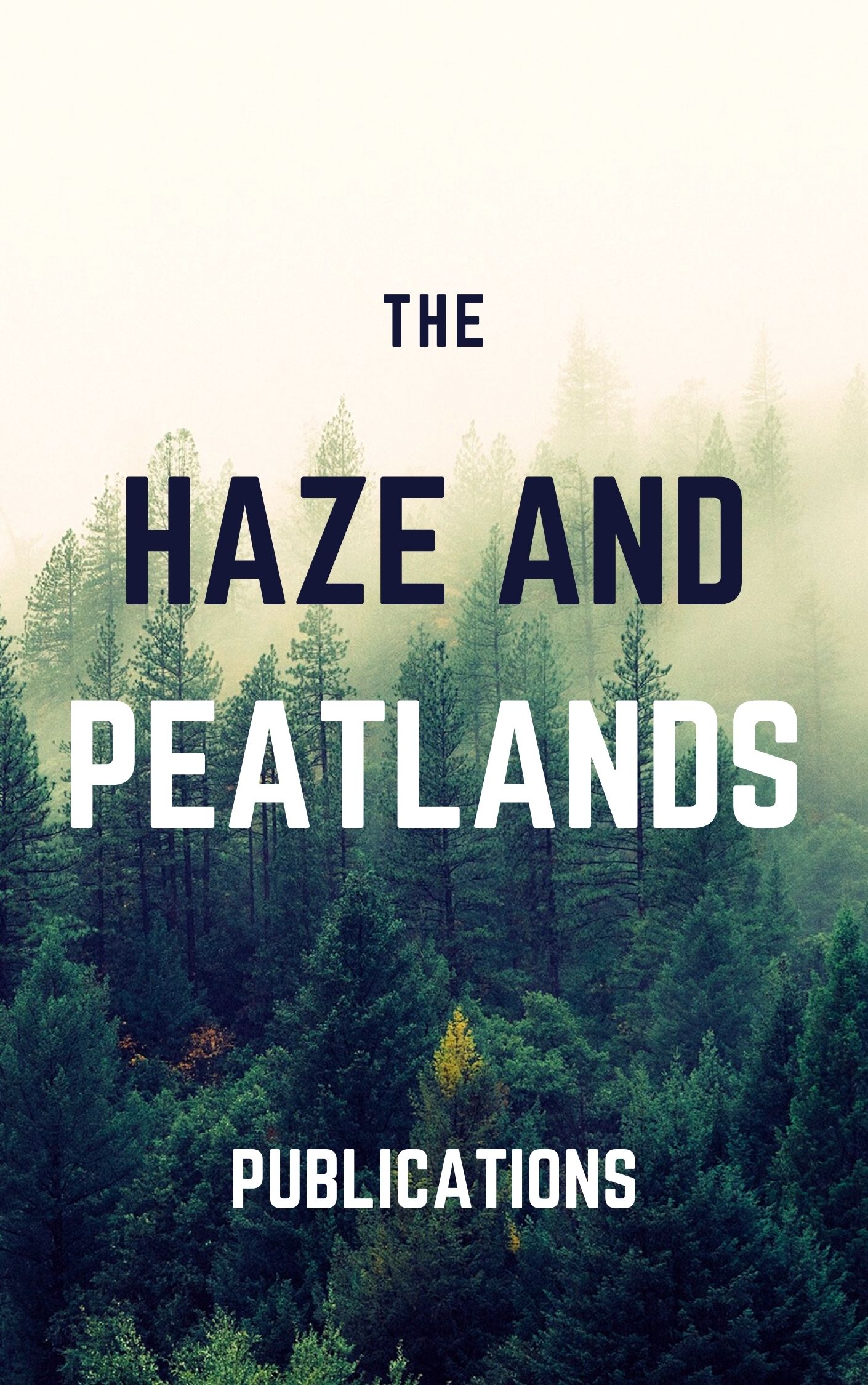Smoke-haze episodes caused by vegetation and peat fires affect parts of Indonesia every year with significant impacts on human health and climate. The forest fires 1997/1998 were by far the largest in Indonesian history, burning between 5 and 8 million hectares before they were stopped by the monsoon rains in December 1997. Fires sprang up again in 1998 on Kalimantan when monsoon rain paused. Peat forests and peatlands are in particular severely affected. In the 1997/1998 haze event, 2.1 - 2.5 million hectare of peat swamp forest burnt in Indonesia. The remaining ash contains high concentrations of sulphur and sulphuric compounds which eventually leach into the groundwater, thus polluting groundwater and drinking water. The thicker the peat layer is and the higher the number of fires in the respective area the more sulphuric compounds will leach into the groundwater. Risk areas for the sulphur loads of the ash are identified.
View source

